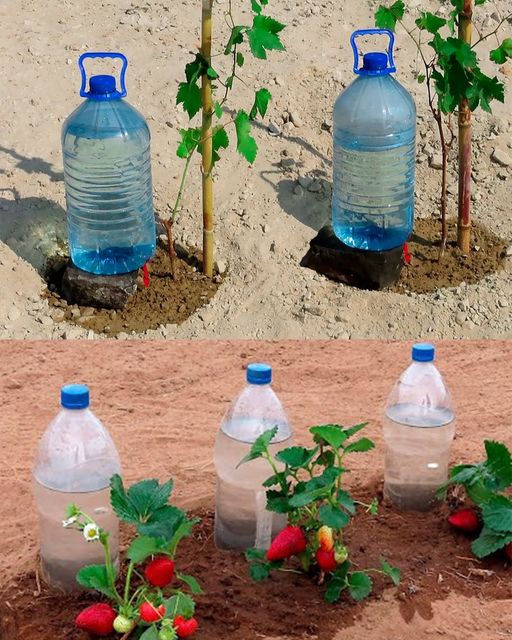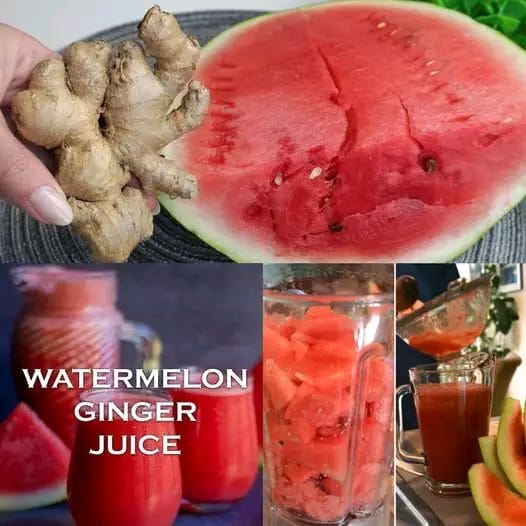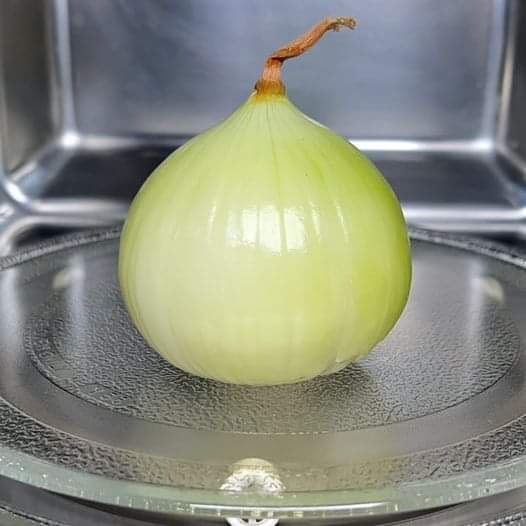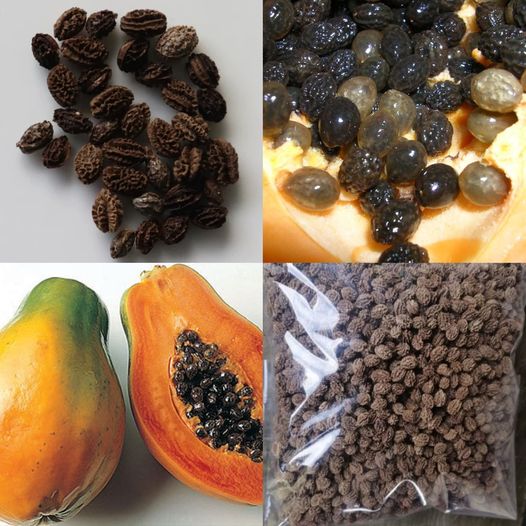Keeping your plants hydrated doesn’t have to be expensive! With a little creativity and some simple techniques, you can ensure your plants thrive without spending a dime. Here’s how to water your plants for a month at no cost.
What You’ll Need:
- Plastic bottles (empty soda or water bottles)
- Old towels or rags
- Large containers or buckets
- A small shovel or trowel (optional)
Step-by-Step Method:
- Collect Water from the Rain:
- Set up buckets or large containers outside to collect rainwater. Place them strategically in open areas where they can catch rain without obstructions.
- If you don’t have buckets, you can use old plastic bottles. Simply turn them upside down and let them fill up with rain.
- Create a Drip Irrigation System:
- Use plastic bottles to create a simple drip irrigation system. Poke small holes in the bottom of the bottles and bury them upside down in the soil around your plants. Fill the bottles with water and let them slowly release moisture directly into the root zone.
- This method is efficient and ensures that water reaches the roots without waste.
- Utilize Old Towels or Rags:
- Cut old towels or rags into strips. Soak them in water and place one end in a container of water and the other end in the soil of your plants. This will create a wick that draws moisture from the container into the soil, keeping your plants hydrated.
- This is especially useful for indoor plants or small outdoor pots.
- Implement Mulching:
- If you have access to grass clippings, fallen leaves, or shredded cardboard, use these materials to create a mulch layer around your plants. Mulching helps retain moisture in the soil and reduces evaporation.
- Spread a layer of mulch around your plants, leaving space around the stems to prevent rot.
- Water Efficiently:
- Water your plants in the early morning or late afternoon when temperatures are cooler. This minimizes evaporation and ensures your plants get the maximum benefit from the water.
- Always check the soil moisture before watering to avoid overwatering.
- Repurpose Household Water:
- Collect leftover water from cooking (like pasta or vegetable water) and use it to hydrate your plants. Just make sure it’s cooled down and doesn’t contain any harmful substances (like salt).
- Other sources of water can include leftover drinking water or the water you use to rinse fruits and vegetables.
Bonus Tips:
- Group your plants together to create a microclimate that retains moisture.
- Consider planting drought-resistant plants that require less water.
- Regularly check your plants for signs of over or under-watering.
Conclusion
By using these creative methods, you can effectively water your plants for a month without spending any money. Not only does this approach benefit your wallet, but it also helps you develop a sustainable routine that nurtures your plants and the environment. Happy gardening!



